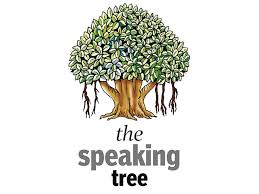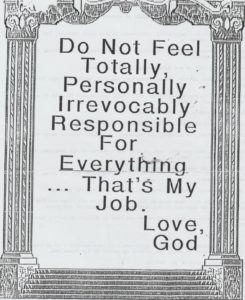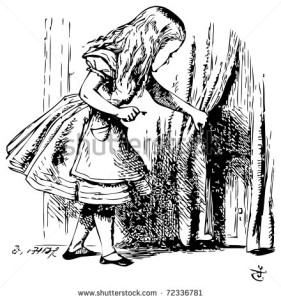Deborah Meier said in her book, The Power of Their Ideas, “Teaching is mostly listening, and learning is mostly telling.”
I love this because as a former teacher I used to have it turned all around. I got better, fortunately, but then I retired. Now I’m an author and what I’ve learned about myself by writing has filled one book and is about to fill another.
I speak a lot, telling my story, mostly at recovery meetings. And when I’m not speaking to other people, I’m speaking to a piece of paper—many pieces of paper. It’s my therapy. It’s how I learn about myself.
It’s a constant practice of self-discovery, this discipline of pen to paper. I cross out, revise, change my mind, rephrase things. All this writing and rewriting helps me clarify my thoughts, my understanding of what’s real to me: what’s authentic. It’s how I learn about myself.
How I’m learning.
Continually.
It’s an ongoing process.
I find that as I keep growing and changing my writing reflects that as well. There’s nothing static about me or about my writing.
And just as the words flow out of my pen onto paper, my recovery continues to flow from my heart to those around me. It’s a real symbiosis, this relationship I have with my pen. It eases the words out of me so that I can share what I’ve learned with others.
The rare epiphany I experience is like a volcanic eruption. I had one recently, and writing and rewriting about that has taught me so much about its meaning. But mostly I’m just going with the flow of life, trying to pay attention with what’s going on with me.
So I continue to do public speaking, which is a tremendous learning experience. And the more I write—the more I speak on paper—the more I learn about who I am and who I’m becoming.
I just have to keep my heart open and listen.







